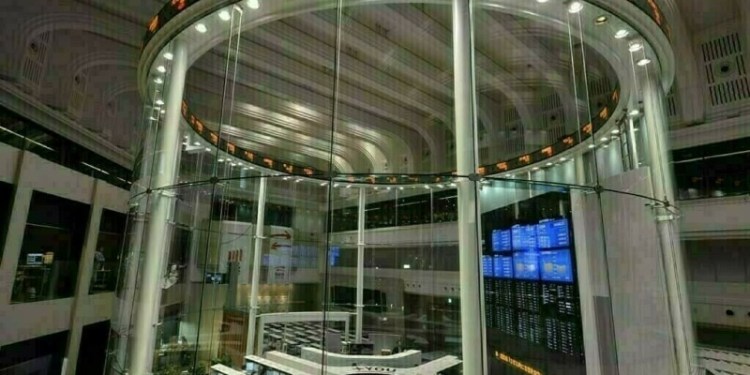Thailand, the world’s largest rubber producer and exporter, decided to double the subsidy paid to farmers after they threaten to step up protests across the nation’s key plantation areas amid a plunge in prices.
The government will pay 21.2 billion baht ($659 million) directly to farmer’s bank accounts, more than the 10 billion baht approved last week, Deputy Government Spokesman Chalitrat Chandrubeksa said after a weekly meeting of the cabinet today. Each farmer will get 2,520 baht per rai (6.25 rai = 1 hectare) for up to 25 rai, which is equivalent to 12 baht per kilogram, according to the government.
Futures in Tokyo dropped 16 percent from an 11-month high in February as slowing growth inChina and a recession in the European Union reduced demand. In Thailand, prices tumbled 16 percent to 86.15 baht a kilogram from this year’s peak of 102.7 baht, spurring protests in the southern provinces that account for 80 percent of the nation’s output. The government ruled out setting a minimum price and renewal of a purchase program, which ended in March with a price tag of 25 billion baht.
“Business should be back to normal,” said Bundit Kerdvongbundit, vice president of Von Bundit Co., Thailand’s largest rubber exporter. “The subsidy will have a minimal impact on market prices.”
Thailand, Indonesia and Malaysia, which account for 70 of global output, discontinued attempts to reduce supplies after cutting 300,000 tons in exports in six months through March.
Futures lost 1.3 percent to 282.4 yen a kilogram ($2,825 a ton) on the Tokyo Commodity Exchange today, down 6.6 percent this year. Prices reached 337.8 yen on Feb. 6, the highest since March 2012.
Farmer groups will meet today to consider whether to hold more rallies on Sept. 14. They earlier threaten to step up protests if the government fails to meet their demand for a minimum price. Leaders of the groups were not immediately available for comments.
The government last week approved another budget of 20 billion baht to provide low-interest loans for farmer groups and factories that add value to rubber.
Source: Bloomberg



























